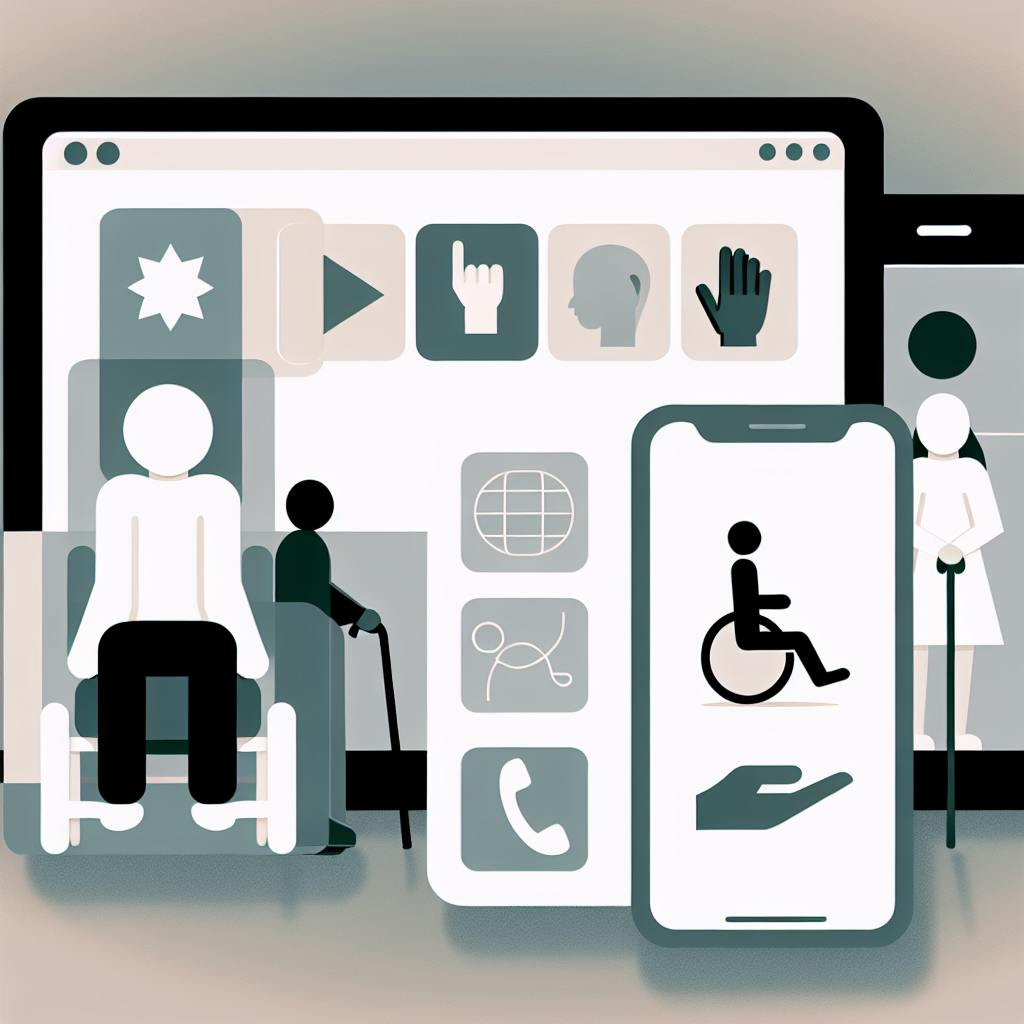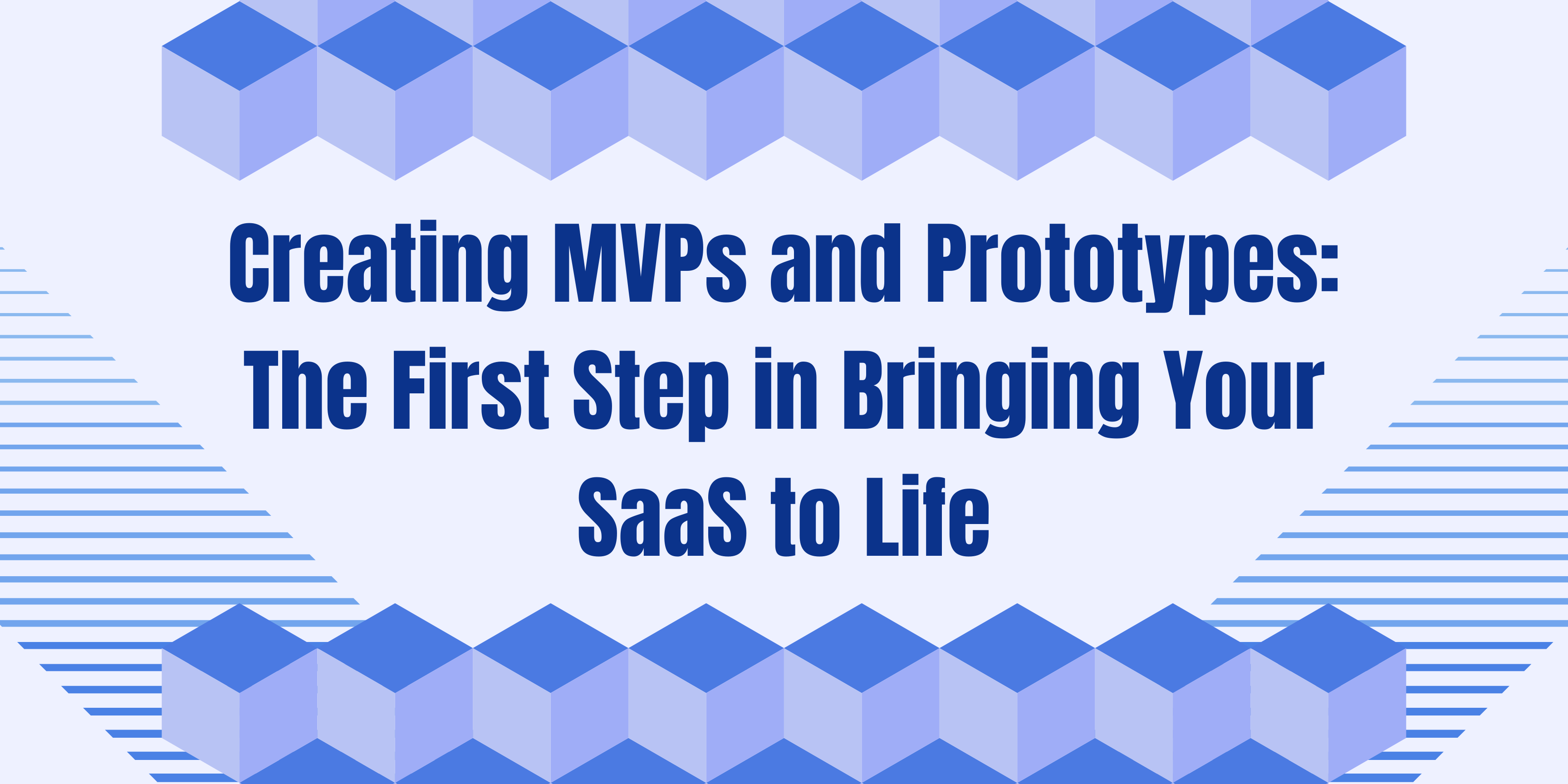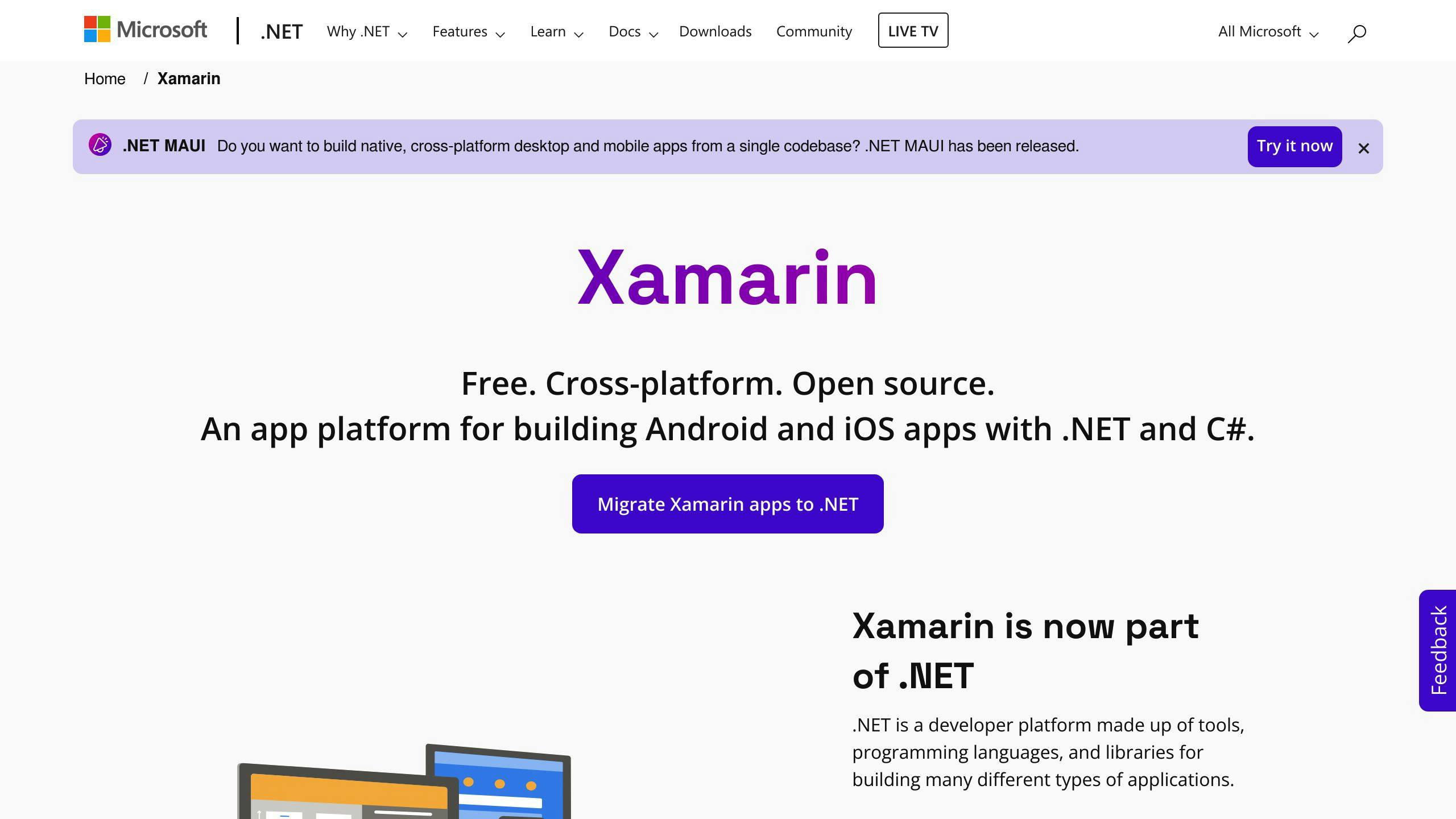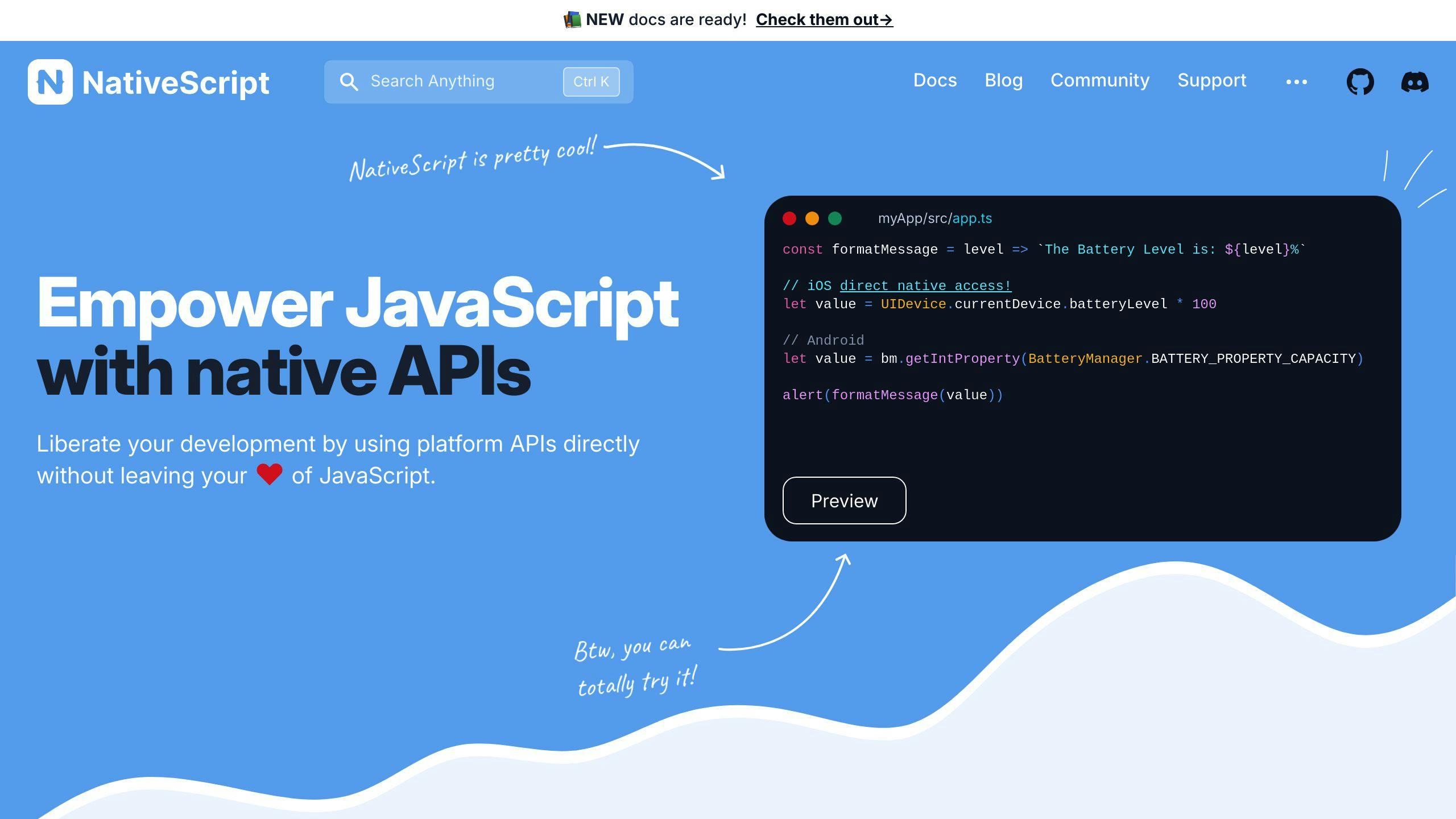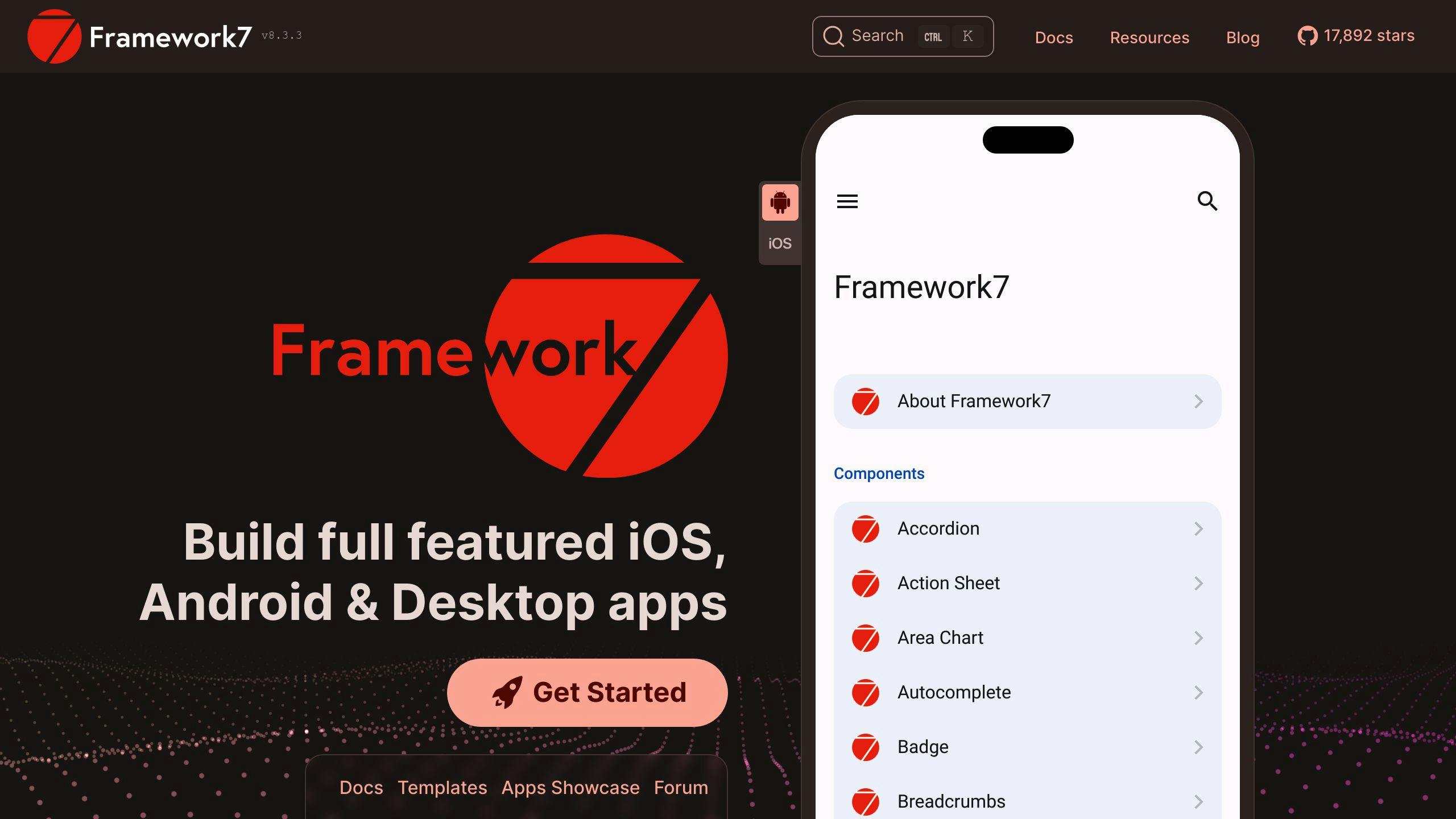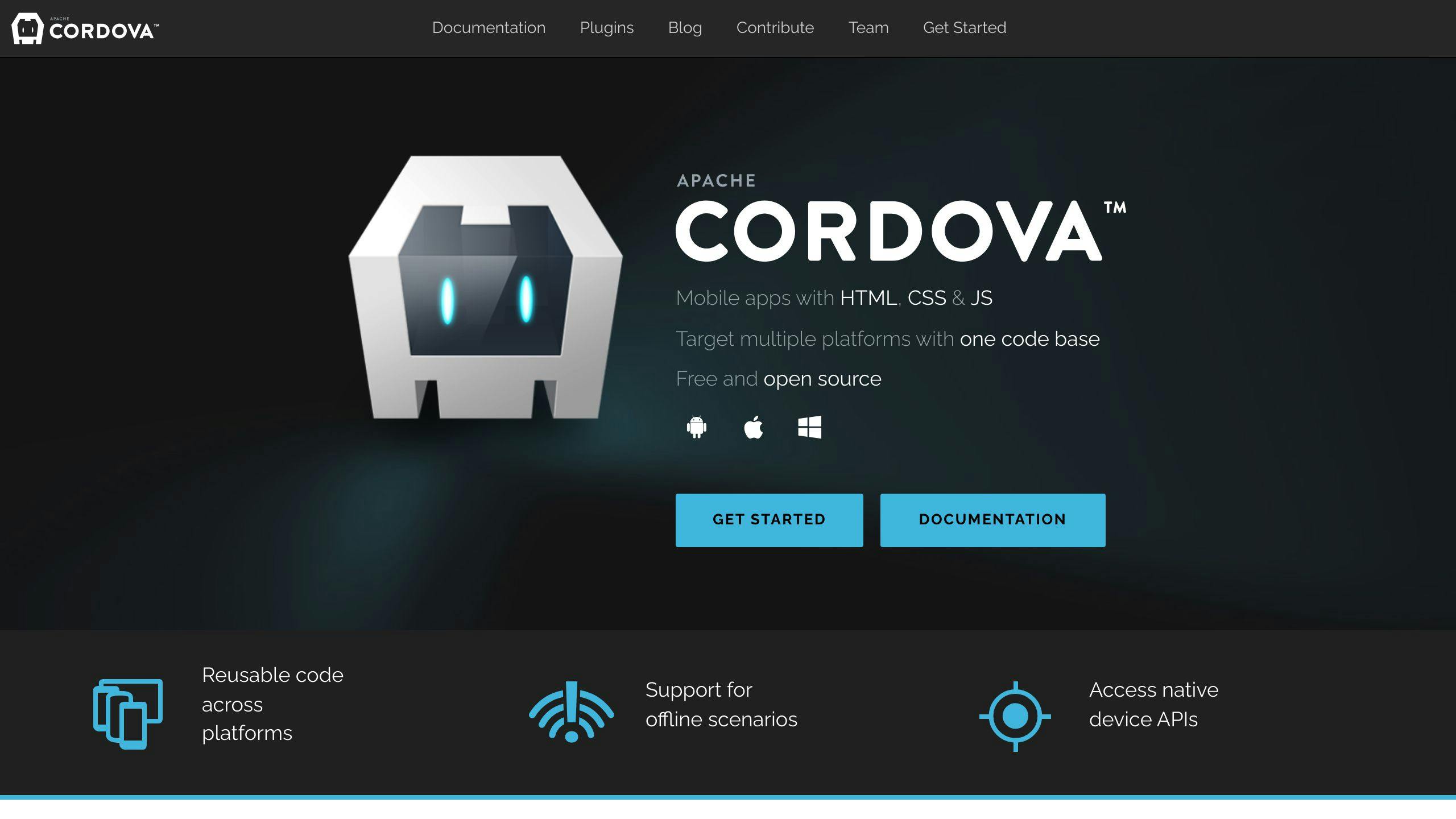The Department of Justice (DOJ) has introduced new regulations requiring state and local governments to make their websites and mobile apps accessible to people with disabilities. These new rules mandate compliance with the Web Content Accessibility Guidelines (WCAG) 2.1 Level AA standards.
Key Points:
- Websites and apps must be perceivable, operable, understandable, and robust for assistive technologies.
- Compliance deadlines are April 24, 2026 for governments with a population of 50,000 or more, and April 26, 2027 for smaller governments and special districts.
- The rule sets a precedent for private businesses, particularly those that are public accommodations or receive federal funding, to ensure digital accessibility.
To comply, entities should:
- Use automated tools and manual evaluations to identify accessibility issues.
- Implement accessibility management platforms to track and manage efforts.
- Gather feedback from users with disabilities.
- Use semantic HTML and ARIA attributes.
- Ensure consistent layout and navigation.
Entity TypeDescriptionState and Local GovernmentsOffices providing benefits, services, schools, police, courts, hospitals, parks, libraries, transit, etc.Special District GovernmentsWater, sewer, fire, library districts, and other special districts.Educational InstitutionsUniversities and colleges, part of state and local government entity type.
Exceptions:
- Archived content meeting specific conditions.
- Preexisting conventional documents not needed for current purposes.
- Third-party content not pursuant to contractual arrangements.
- Individualized, password-protected conventional documents.
By understanding the key points and taking proactive steps, you can ensure your digital services are inclusive, accessible, and compliant with the DOJ's new regulations.
Standards for Following the Rules
The Department of Justice (DOJ) has set specific standards for state and local governments to follow when making their websites and mobile applications accessible. These standards are based on the Web Content Accessibility Guidelines (WCAG) 2.1 Level AA.
What are the WCAG 2.1 Level AA standards?
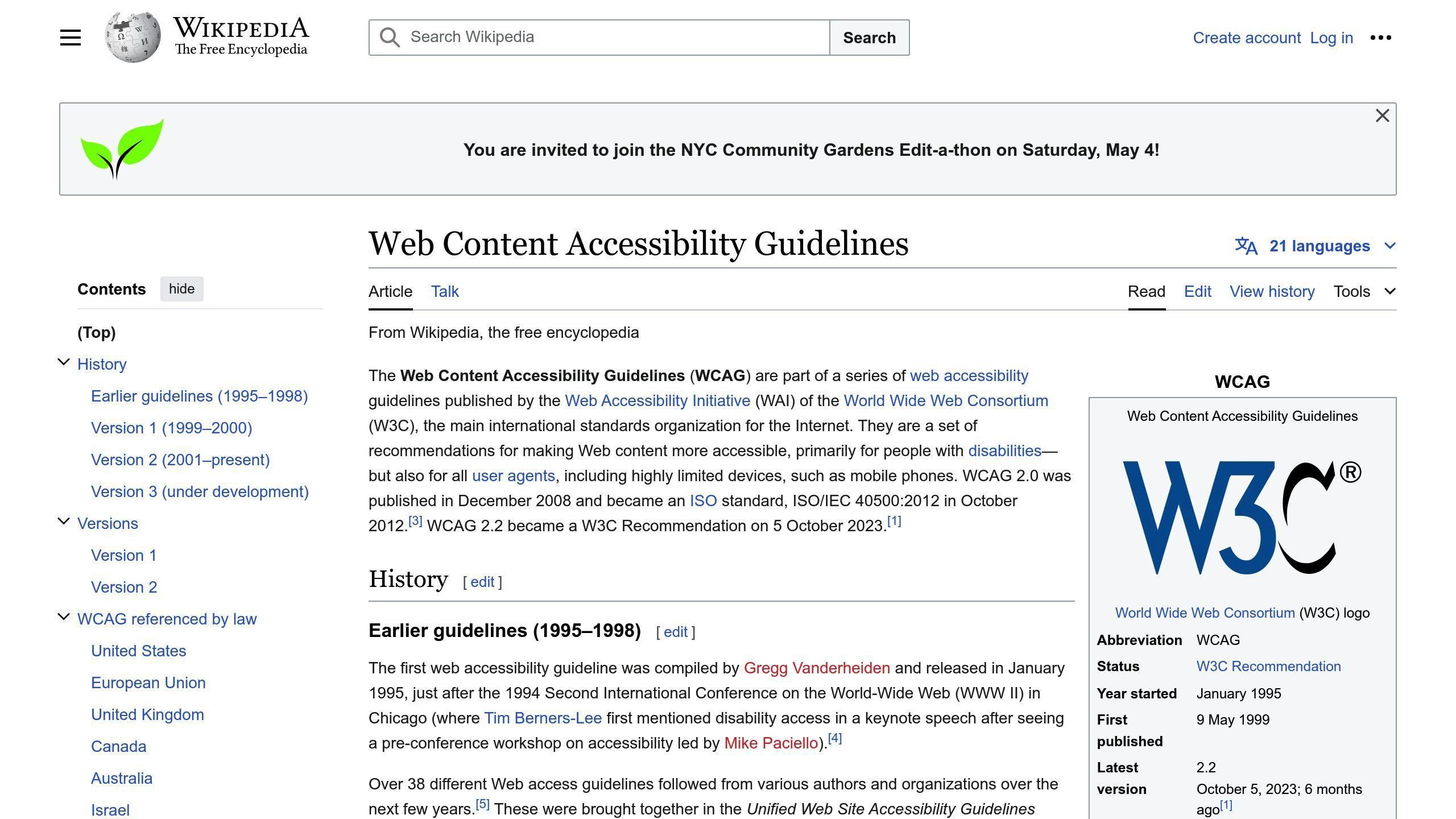
WCAG 2.1 Level AA is an internationally recognized standard that outlines criteria for making digital content more accessible to individuals with disabilities. The standard is divided into four main principles:
PrincipleDescriptionPerceivableContent must be presentable to users in ways they can perceive. This includes providing text alternatives for non-text content, creating captions and audio descriptions for multimedia, and ensuring information and user interface components have adequate contrast.OperableUser interface components and navigation must be operable. This involves making all functionality available from a keyboard, providing users enough time to read and use content, and helping users navigate and find content.UnderstandableContent and user interface operations must be understandable. This requires making text readable and understandable, making web pages appear and operate in predictable ways, and helping users avoid and correct mistakes.RobustContent must be robust enough to be interpreted reliably by a wide variety of user agents, including assistive technologies. This involves maximizing compatibility with current and future user agents.
What about WCAG 2.2?
While the DOJ has referenced WCAG 2.1 in this rule, it acknowledges that WCAG 2.2 is the latest version. However, due to the extensive educational resources available for WCAG 2.1 and the rulemaking process requiring a specific version reference, WCAG 2.1 Level AA remains the current requirement.
Exceptions and Allowances
The DOJ has clarified that while full conformance to WCAG 2.1 Level AA is expected, minor instances of non-conformance may be permissible if it can be demonstrated that they do not impact the ability of individuals with disabilities to access and use the content or functionality. Additionally, the rule provides allowances for specific situations where an alternative conforming version can be provided when making the original content accessible is not possible.
Deadlines for Following the Rules
The Department of Justice (DOJ) has set specific deadlines for state and local governments to comply with the new web and app accessibility rules. These deadlines vary based on the population size of the government entity.
Compliance Timelines
The following deadlines apply:
Population SizeDeadline50,000 or moreApril 24, 2026Less than 50,000, and special district governmentsApril 26, 2027
These deadlines provide a clear timeline for governments to ensure their websites and mobile applications meet the WCAG 2.1 Level AA standards. It's essential for developers and businesses to understand these deadlines and plan accordingly to ensure compliance.
What do these deadlines mean for developers and businesses?
These deadlines mean that developers and businesses working with state and local governments must:
- Ensure all new websites and mobile applications meet the WCAG 2.1 Level AA standards from the outset.
- Retrofit existing websites and mobile applications to meet these standards within the specified deadlines.
By understanding these deadlines and requirements, developers and businesses can proactively plan and budget for accessibility compliance, avoiding potential legal issues and ensuring equal access to government services for individuals with disabilities.
Entity Types and Requirements
The Department of Justice's (DOJ) new web and app accessibility rule applies to various entity types, classified based on population size. Understanding these entity types and their requirements is crucial for developers, businesses, and governments to ensure compliance with the Americans with Disabilities Act (ADA).
Entity Types
The following entity types are subject to the rule:
Entity TypeDescriptionState and Local GovernmentsOffices that provide benefits and/or social services, public schools, community colleges, public universities, police departments, courts, elections offices, public hospitals, public healthcare clinics, public parks, recreation programs, public libraries, and public transit agencies.Special District GovernmentsWater and sewer districts, fire districts, library districts, and other special districts.Educational InstitutionsUniversities and colleges, considered part of state and local government entity type.
Requirements
All entity types must ensure their websites and mobile applications meet the WCAG 2.1 Level AA standards. Deadlines for compliance vary based on population size.
It is essential for developers, businesses, and governments to understand the entity types and requirements outlined in the DOJ's new web and app accessibility rule. By doing so, they can ensure compliance with the ADA and provide equal access to government services for individuals with disabilities.
Exceptions to Following the Rules
The DOJ's new web and app accessibility rule provides exceptions for certain types of content, reducing the burden on state and local governments to make all their digital assets accessible. These exceptions are crucial to understand, as they can impact the scope of accessibility efforts.
Archived Content
The rule exempts archived web content that meets specific conditions. To qualify, the content must:
- Have been created before the compliance date
- Be retained exclusively for reference, research, or recordkeeping
- Not be altered or updated after archiving
- Be stored and organized in a dedicated area clearly identified as archival
This exception acknowledges that archived content is not regularly used or updated, making it less critical to prioritize accessibility.
Preexisting Conventional Documents
The rule also exempts preexisting "conventional electronic documents," such as PDFs, word processing documents, presentation format documents, and spreadsheet file formats. These documents are exempt if:
ConditionDescriptionCreated before compliance deadlineDocuments created before the compliance deadline are exemptNot needed for current purposesDocuments not necessary for current government programs, services, or activities are exempt
However, if these documents are still necessary for current purposes, they must be made accessible.
Content Posted by Third Parties
Third-party website content is also exempt, unless it is posted pursuant to contractual, licensing, or other arrangements with a covered entity. For example:
- A government entity's social media account may have user-generated content that is not accessible, but this content is exempt from the rule.
- If the government entity links to third-party content that is necessary to participate in their programs, services, or activities, that content must be made accessible.
Individualized, Password-Protected, Conventional Documents
Conventional electronic documents that are personalized about a specific individual or specific property and not of general interest to users of the government entity's services are exempt if they are password-protected or otherwise secured. While these documents are exempt, the public entity may still need to convert them to an accessible format based on a disabled user's request.
Understanding these exceptions is vital to ensure that state and local governments prioritize accessibility efforts effectively, focusing on the most critical digital assets and minimizing unnecessary burdens.
sbb-itb-8abf120
Strategies for Following the Rules
To comply with the new web and app accessibility regulations, it's crucial to implement practical strategies that prioritize accessibility. Here are some effective approaches to consider:
Automated Tools and Manual Evaluations
Use automated tools, such as accessibility scanners and auditing software, to identify potential accessibility issues in your digital assets. These tools can help you detect issues related to color contrast, image alt text, and keyboard navigation, among others. However, it's essential to supplement automated testing with manual evaluations to ensure a comprehensive assessment.
Accessibility Management Platforms
Invest in accessibility management platforms that provide a centralized dashboard to track and manage accessibility efforts across your organization. These platforms can help you identify areas of improvement, assign tasks, and monitor progress.
Feedback from Users with Disabilities
Gather feedback from users with disabilities to gain valuable insights into the accessibility of your digital assets. This feedback can help you identify issues that may not be caught through automated testing or manual evaluations.
Semantic HTML and ARIA Attributes
Use semantic HTML and ARIA (Accessible Rich Internet Applications) attributes to ensure that your digital assets are accessible to users with disabilities. Semantic HTML provides a clear structure to your content, making it easier for assistive technologies to interpret, while ARIA attributes provide additional information about dynamic content and interactive elements.
Consistent Layout and Navigation
Implement a consistent layout and navigation across your digital assets to ensure that users with disabilities can easily navigate and find the information they need.
By incorporating these strategies into your accessibility efforts, you can ensure that your digital assets are accessible to users with disabilities and comply with the new regulations.
Key Takeaways
StrategyDescriptionAutomated Tools and Manual EvaluationsIdentify accessibility issues using automated tools and manual evaluationsAccessibility Management PlatformsTrack and manage accessibility efforts across your organizationFeedback from Users with DisabilitiesGather feedback to identify accessibility issuesSemantic HTML and ARIA AttributesEnsure accessibility using semantic HTML and ARIA attributesConsistent Layout and NavigationImplement consistent layout and navigation for easy navigation
By following these strategies, you can ensure that your digital assets are accessible to users with disabilities and comply with the new web and app accessibility regulations.
Impact on Private Businesses
The Department of Justice's (DOJ) new web and app accessibility rule is expected to have a broader impact beyond state and local governments, influencing website accessibility requirements for private-sector businesses and entities receiving federal funding.
Private Businesses Should Take Note
Although the regulation is limited to state and local governments, it sets a precedent for private businesses, particularly those that are public accommodations or recipients of federal funding. Industries such as higher education and healthcare, which are filled with private entities that are recipients of federal financial assistance, can expect the DOJ to soon make this regulation applicable to recipients under the Rehabilitation Act.
Preparing for Accessibility
Private businesses should prepare to ensure their websites and mobile apps are accessible to people with disabilities. This may involve:
- Using automated tools and manual evaluations to identify accessibility issues
- Implementing accessibility management platforms to track and manage accessibility efforts
- Gathering feedback from users with disabilities to identify areas of improvement
- Using semantic HTML and ARIA attributes to ensure accessibility
By understanding the implications of the DOJ's new web and app accessibility rule, private businesses can proactively take steps to ensure their digital assets are accessible and compliant with the regulations, ultimately providing equal access to their goods, services, and programs for people with disabilities.
Key Points and Getting Ready
The Department of Justice's (DOJ) new web and app accessibility rule is a significant step towards ensuring equal access to digital services for people with disabilities. As state and local governments, private businesses, and recipients of federal funding prepare to comply with the regulations, it's essential to understand the key takeaways and implications.
Key Takeaways
- The DOJ's new rule requires state and local governments to make their websites and mobile apps accessible to people with disabilities, following the technical standards outlined in WCAG 2.1 AA.
- The rule sets a precedent for private businesses, particularly those that are public accommodations or recipients of federal funding, to ensure their digital assets are accessible and compliant.
- The regulation emphasizes the importance of proactive measures to ensure inclusivity and compliance in the tech industry.
Getting Ready
To stay ahead of the curve, it's crucial to:
StepAction1Familiarize yourself with the WCAG 2.1 AA guidelines and technical standards.2Conduct accessibility audits and identify areas of improvement for your website and mobile app.3Develop a plan to implement accessibility features and ensure ongoing compliance.4Stay informed about updates and developments in web and app accessibility regulations.
By understanding the key points and taking proactive steps, you can ensure your digital services are inclusive, accessible, and compliant with the DOJ's new regulations.
FAQs
How do I ensure ADA compliance on my website?
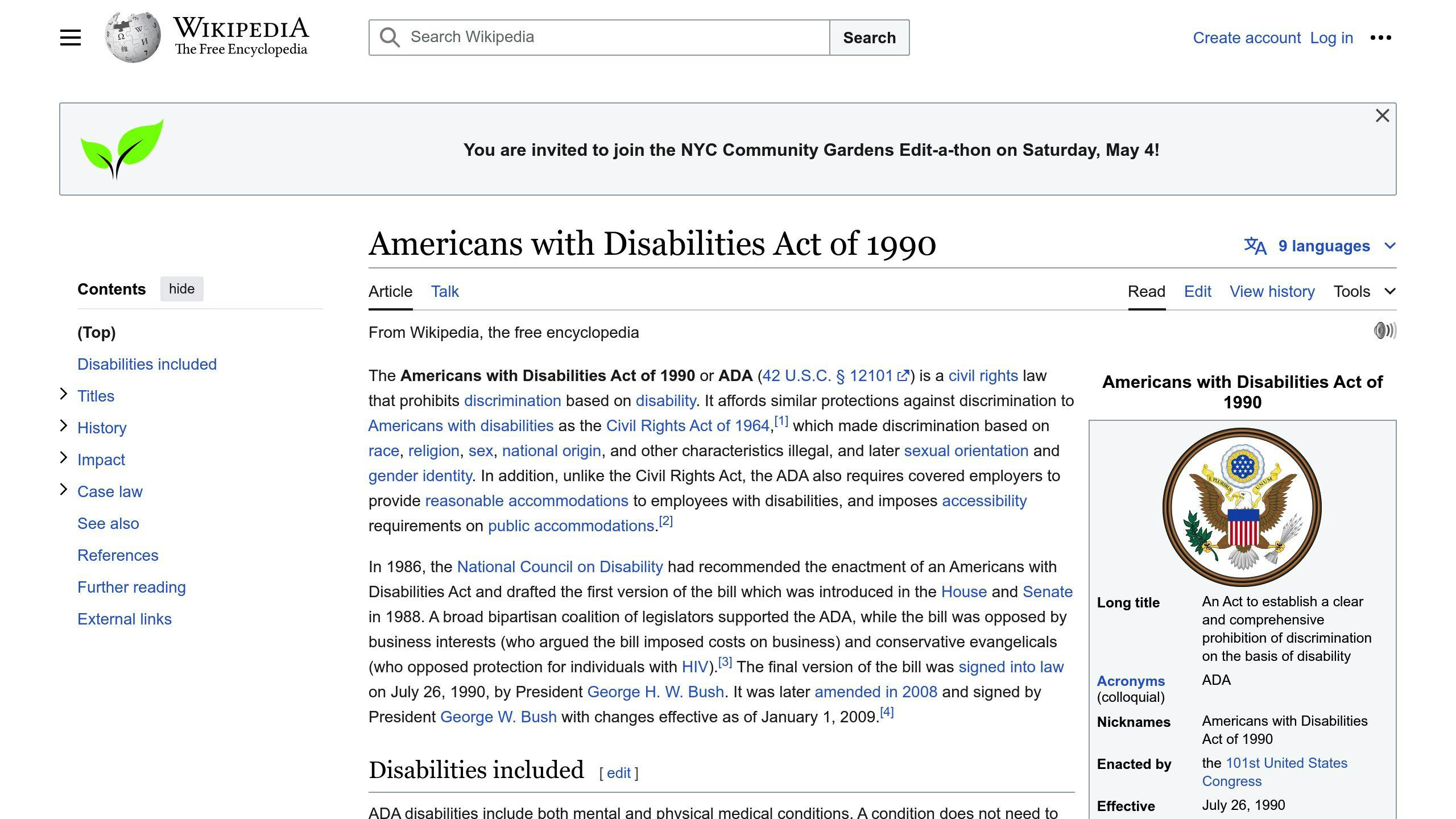
To ensure ADA compliance on your website, follow these steps:
Conduct an Accessibility Audit
Use tools like WAVE Web Accessibility Tool or AXE to identify areas of improvement on your website.
Make Your Website Visuals Accessible
- Ensure sufficient color contrast
- Use clear and consistent navigation
- Make interactive elements accessible
Write Accessible Content
- Write clear and concise content
- Use headings and subheadings
- Make acronyms and abbreviations accessible
Ensure Website Code Meets ADA Standards
Review and refine your website's backend code to ensure it adheres to accessibility standards.
By following these steps, you can make your website more inclusive and accessible to users with disabilities, while also avoiding potential legal issues.

